Last updated on
Discover the secrets to maximizing space and functionality in your corner kitchen cabinet with these easy-to-follow steps.
Are you tired of struggling to find the right pot or pan buried in the back of your corner kitchen cabinet? Don’t worry, you’re not alone! Many homeowners struggle with utilizing this awkward space efficiently. But fear not, with a little bit of organization and creativity, you can transform your corner kitchen cabinet into a functional and stylish storage area.
In this article, we’ll share some helpful tips and tricks on how to organize your corner kitchen cabinet to make the most out of this often-overlooked space. So let’s get started!
Key takeaways:
- Assess corner cabinet space and consider accessibility.
- Declutter and group items by category.
- Choose the right organizers like wire shelving, pull-out drawers, Lazy Susans, and door-mounted racks.
- Install lazy Susans for easy access to items in the back.
- Utilize pull-out shelves for easy access to pots and pans.
What's Inside
Assessing Corner Cabinet Space
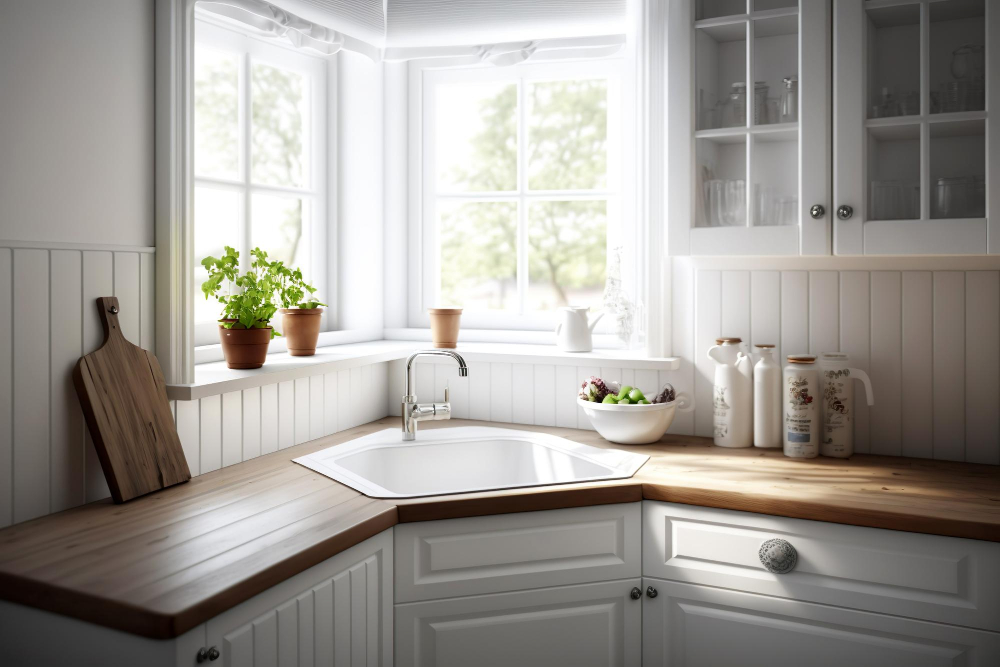
The first step in organizing your corner kitchen cabinet is to assess the available space. Before you start decluttering and adding organizers, take a closer look at the size and shape of your cabinet.
Is it a blind corner or does it have an L-shape? How deep is the cabinet? What are its dimensions?
Once you have a better understanding of your corner kitchen cabinet’s layout, consider what items you want to store in there. Do you need more space for pots and pans or do you want to keep small appliances out of sight? Knowing what items will be stored in this area will help determine which organizers work best.
It’s also important to think about accessibility when assessing your corner kitchen cabinet space. Will all shelves be easily reachable without having to bend down too much or stretch too far back into the corners?
Decluttering Corner Cabinets

Take everything out of the cabinet and assess each item individually. Ask yourself if you’ve used it in the past year or if it’s something that can be easily replaced.
Be ruthless when deciding what to keep and what to toss or donate. Remember, less is more when it comes to organizing a small space like a corner kitchen cabinet.
Once you’ve decided on which items are worth keeping, group them by category so that they’re easier to organize later on. For example, group all your baking supplies together in one pile and all your pots and pans in another.
Choosing the Right Organizers
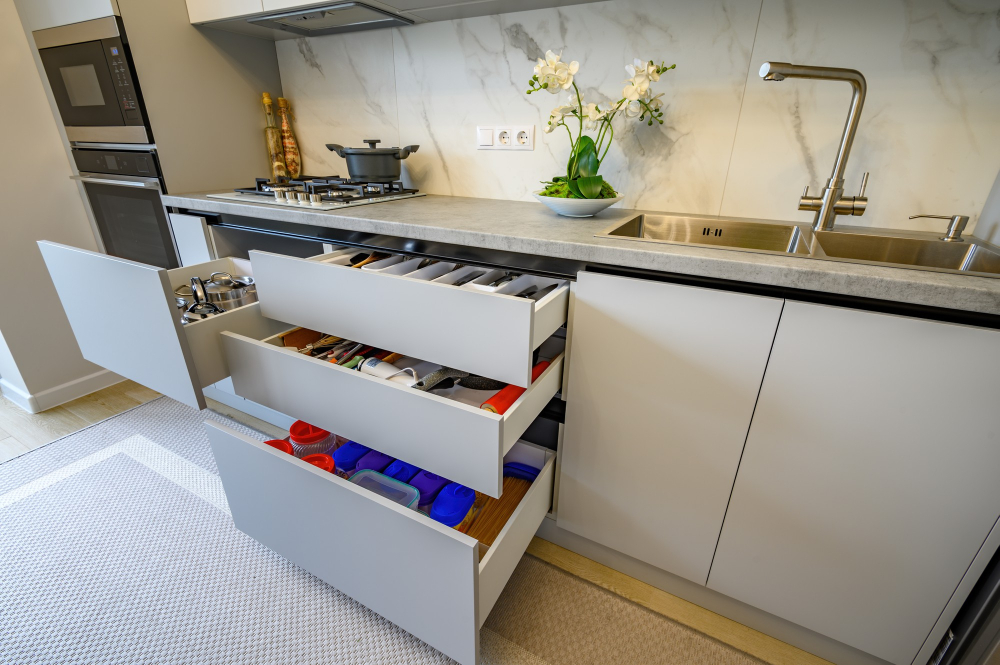
There are a variety of options available that can help maximize storage and accessibility.
One popular choice is wire shelving units that fit snugly into corners. These shelves come in various sizes and shapes, making them perfect for storing pots, pans, dishes or even small appliances.
Another option is pull-out drawers or baskets which allow easy access to items stored at the back of cabinets without having to reach deep inside. This type of organizer works well for storing heavy cookware like cast iron skillets or Dutch ovens.
Lazy Susans are also great choices as they provide 360-degree rotation allowing you to easily access all items on them with just a spin. They work particularly well for spices and condiments but can be used for other items too.
Door-mounted racks offer additional storage space while keeping frequently used items within easy reach. You can use these racks to store anything from cutting boards and baking sheets to cleaning supplies such as sponges or dish soap bottles.
When choosing organizers consider factors such as size, shape, material quality (sturdy enough), ease-of-use (accessibility) among others depending on what suits your needs best.
Installing Lazy Susans
This rotating tray allows you to access items in the back of your cabinet without having to dig through everything else. Installing a lazy susan is relatively easy and can be done with just a few tools.
To install, start by removing all items from your corner cabinet and measuring the width and depth of the space. Purchase a lazy susan that fits these dimensions or cut one down to size if necessary.
Next, remove any shelves or dividers inside your cabinet so that you have an open space for installation. Place one half of the hardware on top of your base shelf in each corner, making sure they are level with each other.
Attach the other half of hardware onto either side at equal distances from both corners using screws provided with it. Place your new lazy Susan on top and secure it into place according to manufacturer instructions.
Utilizing Pull-out Shelves
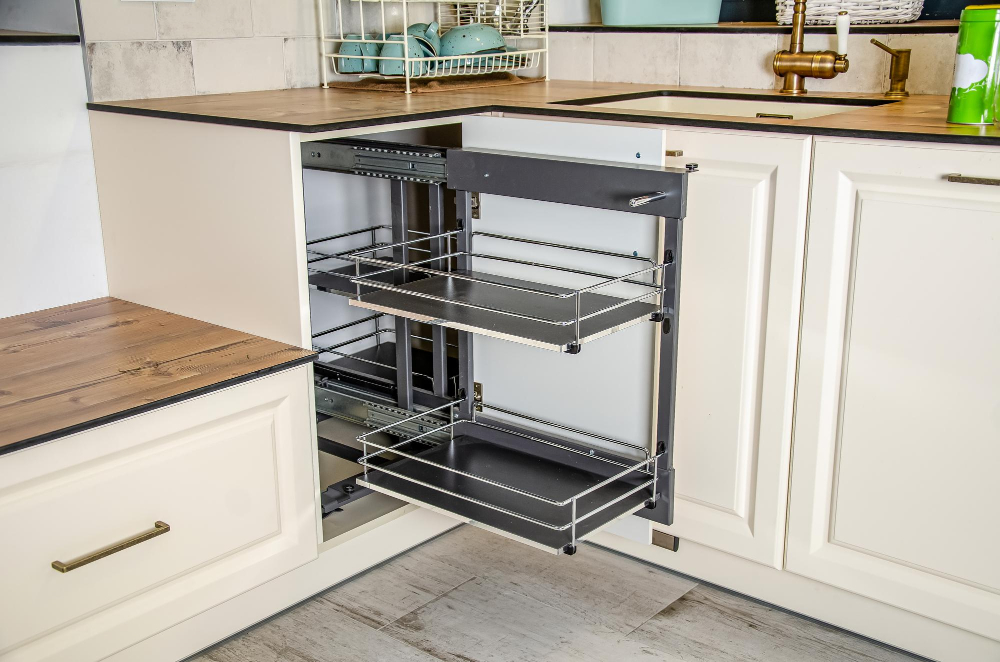
These shelves are designed to slide out smoothly, allowing you easy access to all items stored in the back of your cabinet. With pull-out shelves, you can say goodbye to digging through piles of pots and pans or struggling with hard-to-reach items.
To install pull-out shelves in your corner kitchen cabinet, start by measuring the dimensions of your space and purchasing pre-made shelving units that fit those measurements. Alternatively, you can have custom shelving units made specifically for your unique space.
Once installed, categorize items on each shelf based on their use or size. For example, dedicate one shelf for baking sheets and another for mixing bowls.
This will make it easier for you to find what you need quickly without having to dig through cluttered cabinets.
Adding Door-mounted Racks
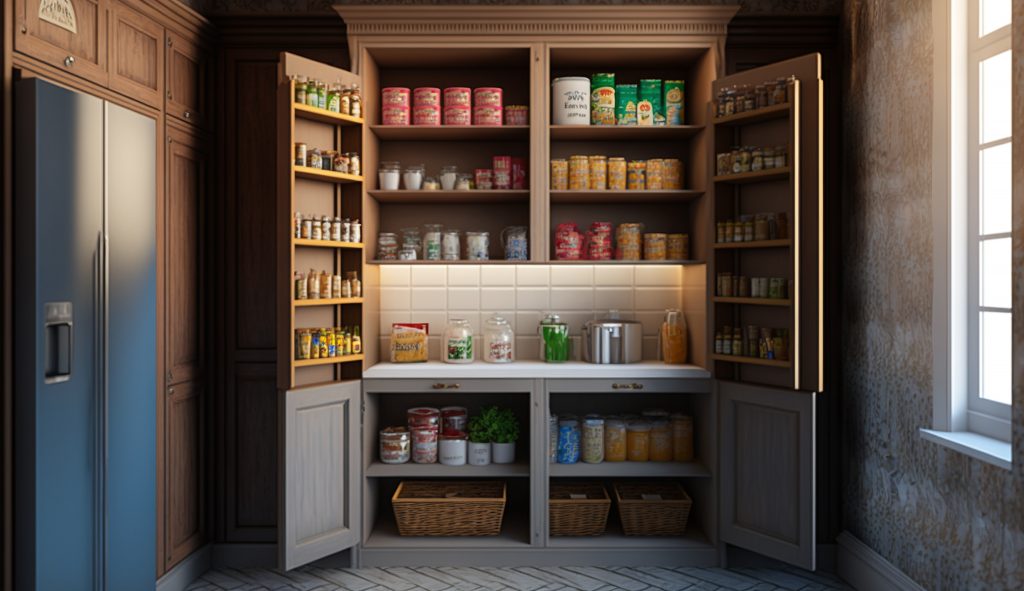
These racks are perfect for storing small items such as spices, condiments, and cooking oils that would otherwise take up valuable shelf space. They also make it easy to access these items quickly while you’re cooking.
To install a door-mounted rack, simply measure the height and width of your cabinet door and purchase a rack that fits those dimensions. Most racks come with adjustable shelves so you can customize them to fit your needs.
Once you have your rack, attach it securely to the inside of the cabinet door using screws or adhesive strips (depending on what type of material your cabinets are made from). Make sure it’s level before tightening all screws completely.
Now you can start organizing! Group similar items together on each shelf so they’re easy to find when needed.
Incorporating Swing-out Shelving
These shelves are designed to swing out, allowing you easy access to items that would otherwise be difficult to reach. They come in various sizes and styles, so you can choose one that fits your specific needs.
To incorporate swing-out shelving into your corner kitchen cabinet, start by measuring the space available and determining how many shelves you need. You can purchase pre-made swing-out shelves or have them custom made based on your measurements.
Once installed, use these shelves for storing frequently used items such as spices or cooking oils. This will save time when preparing meals since everything will be within arm’s reach.
One thing to keep in mind when using swing-out shelving is not overloading it with heavy items as this could cause damage over time. Instead, use it for lighter objects like jars or cans.
Using Diagonal Dividers
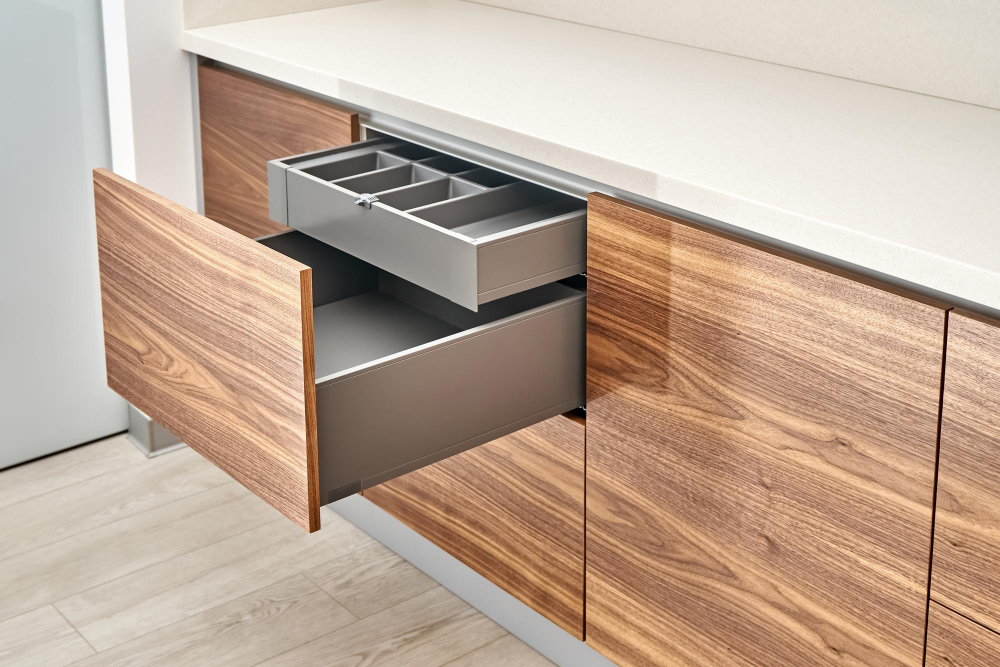
These dividers can be installed at an angle, allowing you to store items such as baking sheets and cutting boards vertically. This not only saves space but also makes it easier for you to access these items when needed.
To install diagonal dividers, measure the height and width of your cabinet’s interior walls. Cut pieces of wood or plastic at a 45-degree angle according to those measurements, then attach them securely with screws or adhesive.
Once installed, use these angled compartments for storing flat items like baking pans and trays that would otherwise take up too much horizontal space in your cabinets.
Optimizing Shelf Height
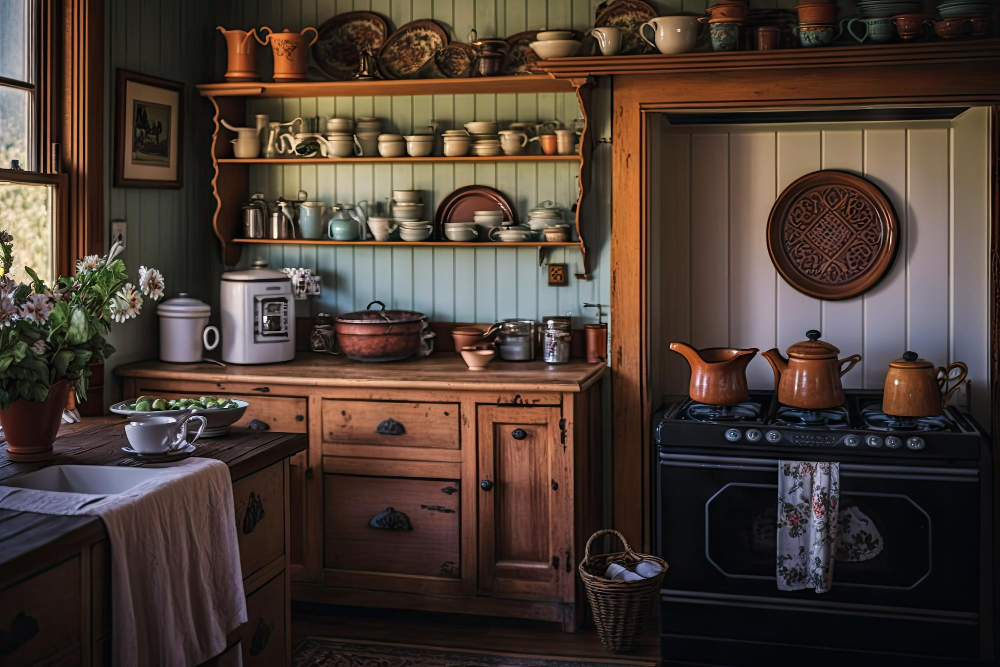
The goal is to maximize space while ensuring that items are easily accessible. To achieve this, you need to adjust the shelves according to the size and shape of your items.
For example, if you have tall pots or appliances like a blender or food processor, it’s best to leave enough vertical space between shelves so they can fit comfortably without getting damaged. On the other hand, smaller items like plates and bowls can be stacked on top of each other with minimal spacing in between.
It’s also essential not only to optimize shelf height but also take advantage of all available space by using risers or tiered organizers for canned goods and spices. By doing so, you’ll create more room for larger items while keeping smaller ones organized and easy-to-find.
Optimizing shelf height requires careful consideration based on what types of kitchenware will be stored in your corner cabinet.
Categorizing Cabinet Items
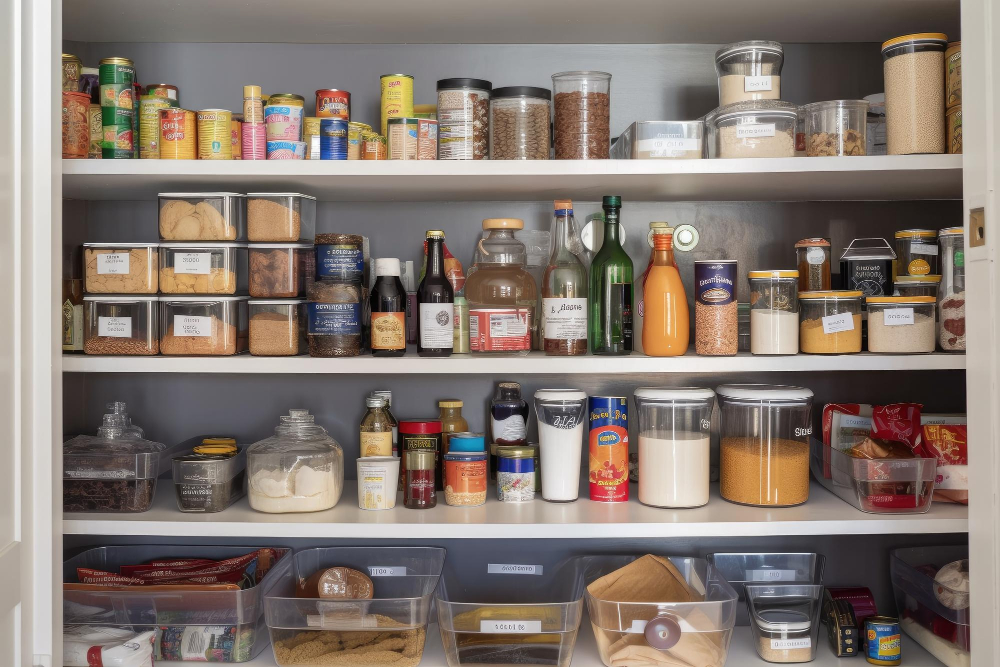
This step is crucial in ensuring that everything has its designated spot and can be easily accessed when needed. Start by grouping similar items together, such as baking sheets with other baking tools or dinner plates with other dishes.
Consider using clear plastic bins or wire baskets to keep smaller items organized and visible. Label each bin or basket so you know exactly what’s inside without having to dig through everything.
Another helpful tip is to store frequently used items at eye level for easy access while less frequently used ones can go on higher shelves or towards the back of the cabinet.
Storing Pots and Pans
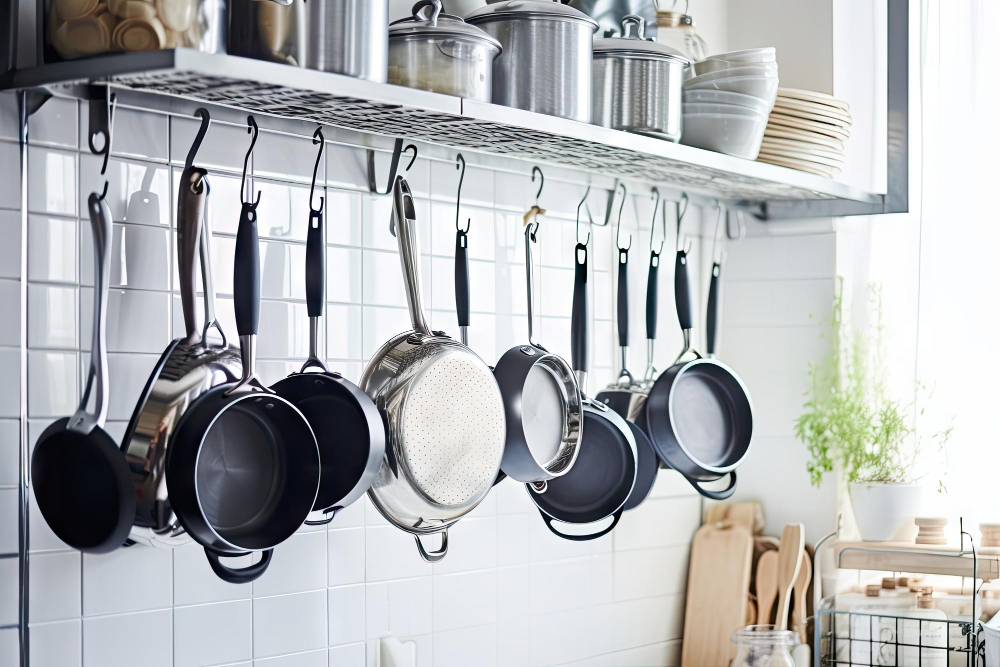
With the right organization system, you can easily access these essential cooking tools without having to dig through a pile of cookware.
One effective way to store pots and pans is by using vertical dividers or pull-out shelves. These organizers allow you to stack your pots and pans neatly on top of each other while still being able to see everything at once.
Another option is installing hooks or racks on the inside walls of your corner cabinet doors. This will keep your pots and pans within reach while freeing up valuable shelf space for other items.
When storing lids for your cookware, consider using a lid organizer that attaches directly onto one side of the cabinet wall. This will prevent lids from getting lost or damaged while also keeping them easily accessible when needed.
Organizing Plates and Bowls

First, consider the size of your dishes and how many you have. If you have a lot of plates or bowls that are similar in size, stacking them is an easy way to save space.
However, if you have different sizes or shapes of dishes, using dividers can help keep everything organized.
Another helpful tip is to store your most frequently used items at the front of the cabinet for easy access. This could include everyday dinnerware or items that you use for meal prep.
If possible, try storing plates vertically instead of horizontally as this will allow more room for other items such as pots and pans on lower shelves.
Lastly, don’t forget about utilizing any available door space by adding racks specifically designed for holding dishware such as plate holders or wire baskets which can be easily installed with screws onto the inside surface area behind each door panel.
Grouping Cooking Essentials
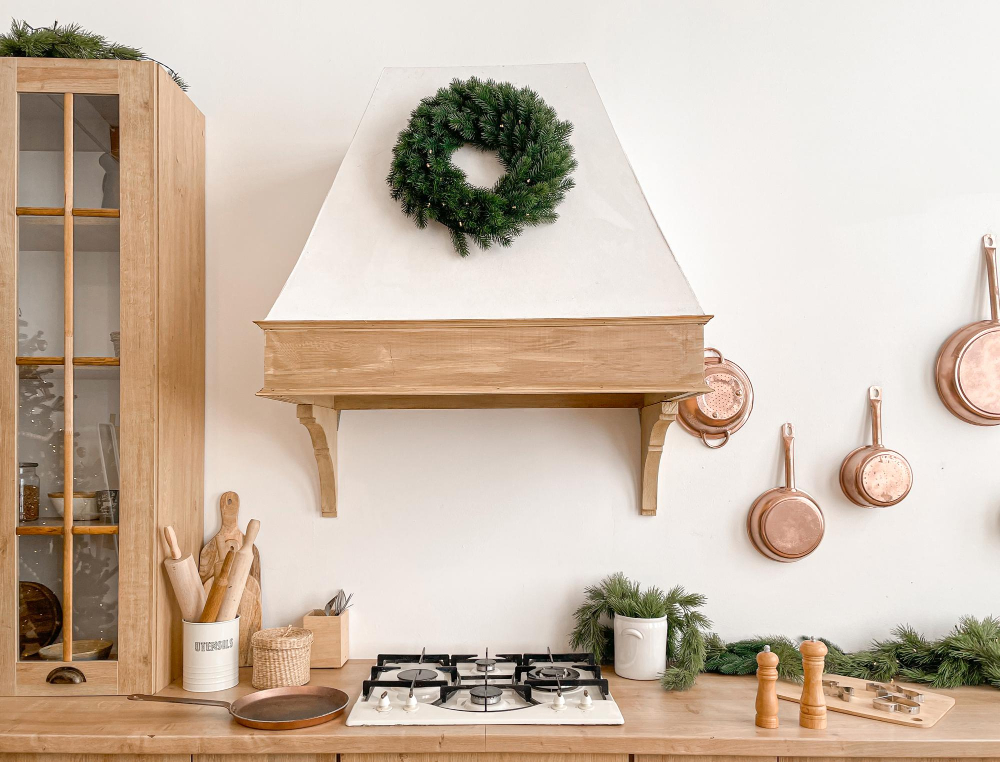
This means categorizing items such as pots, pans, baking sheets and mixing bowls together in one area for easy access. By doing this, you’ll be able to quickly find what you need without having to dig through cluttered cabinets.
To group your cooking essentials effectively, start by assessing the size of each item and designating specific areas within the cabinet for them. For example, stack smaller saucepans inside larger ones or nest mixing bowls together according to size.
Consider using wire racks or dividers that can be adjusted based on the height of your cookware. You can also use tension rods placed vertically between shelves as an alternative way of keeping items organized.
Another helpful tip is storing lids separately from their corresponding pots and pans so they don’t take up unnecessary space in the cabinet. Use a lid organizer mounted on the door or install hooks underneath shelves where lids can hang neatly out of sight but still easily accessible when needed.
Keeping Glassware in Order
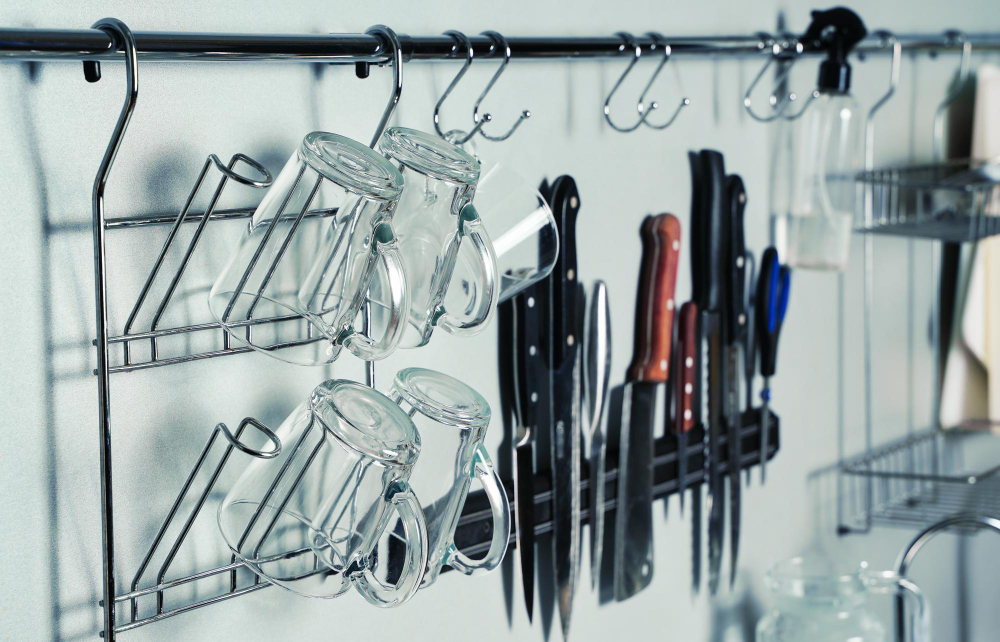
To prevent your glasses from getting chipped or broken, consider using glass racks or stemware holders. These organizers come in various sizes and shapes to fit different types of glasses.
Another way to organize your glassware is by grouping them according to their purpose. For example, you can store wine glasses separately from water glasses or champagne flutes.
This method not only keeps things tidy but also makes it easier for you when entertaining guests.
If you have limited space inside the cabinet, try hanging some of your favorite pieces on hooks mounted underneath the shelves above the counter area. This will free up valuable shelf space while adding an attractive display element that’s both functional and decorative.
Storing Small Appliances
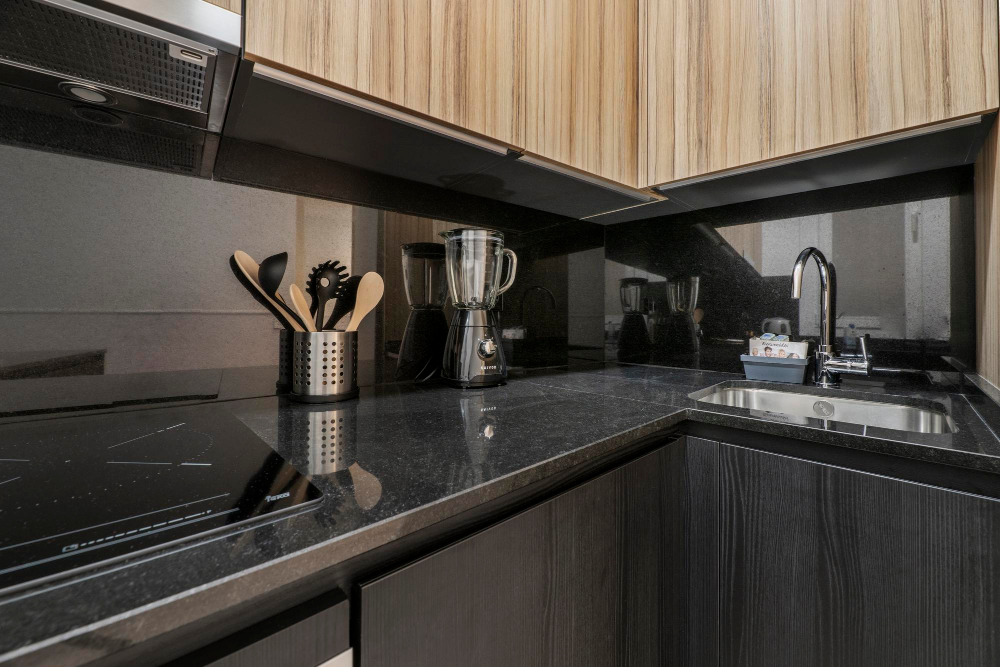
With the right organization strategy for your corner cabinet, you can keep these items out of sight still easily accessible. Consider using pull-out shelves or swing-out shelving to store small appliances like mixers and food processors.
This will allow you to slide them out when needed without having to lift heavy objects from high shelves.
Another option is utilizing vertical storage by installing wire racks on the inside of cabinet doors where smaller items like hand mixers or electric kettles can be stored neatly away from view but within reach when needed.
Sorting Utensils and Cutlery
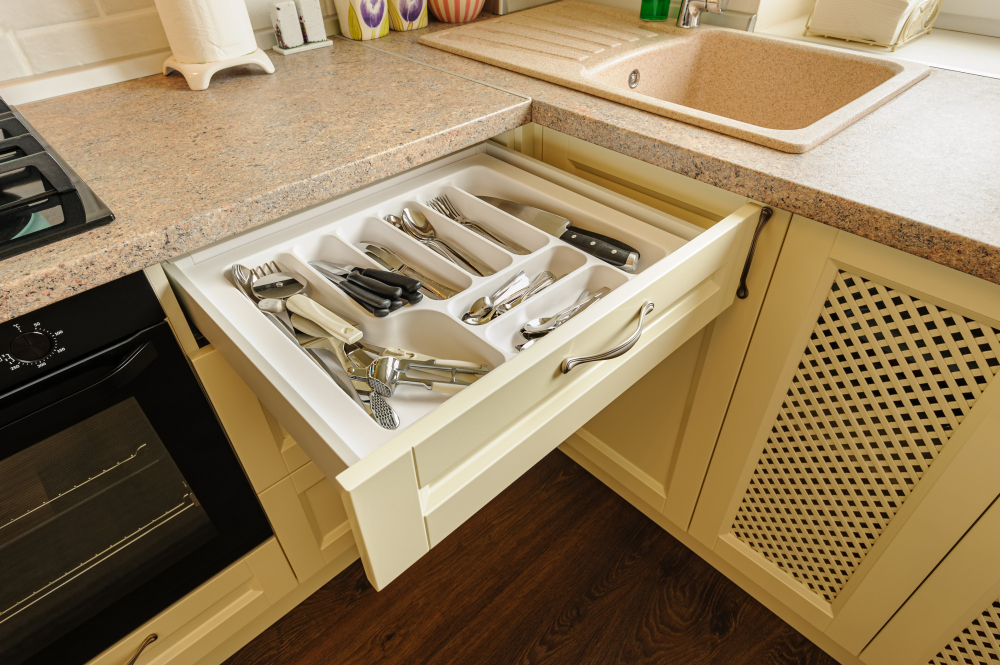
These items can easily become tangled or lost in the depths of your cabinets, making meal prep frustrating and time-consuming. To avoid this issue, consider using drawer dividers or trays specifically designed for utensil storage.
You can also use magnetic strips mounted on the inside walls of your cabinet doors to hold metal utensils such as knives, tongs, and spatulas. This not only saves space but also keeps these tools within easy reach while cooking.
For larger items like serving spoons or ladles that won’t fit in a standard drawer organizer, try using a tall container with dividers that will keep them upright and organized.
By sorting your utensils by type (e.g., forks together with forks), you’ll be able to quickly find what you need without having to dig through piles of mismatched silverware.
Maximizing Vertical Storage

This means utilizing every inch of space from top to bottom. To do this, you can install wire racks or shelves that attach to the inside walls of your cabinet.
These shelves are perfect for storing items such as baking sheets, cutting boards, and even small appliances.
Another great way to maximize vertical storage is by using tension rods or hooks on the sides of your cabinets. These can be used for hanging pots and pans or even mugs and cups.
Labeling and Identifying Items
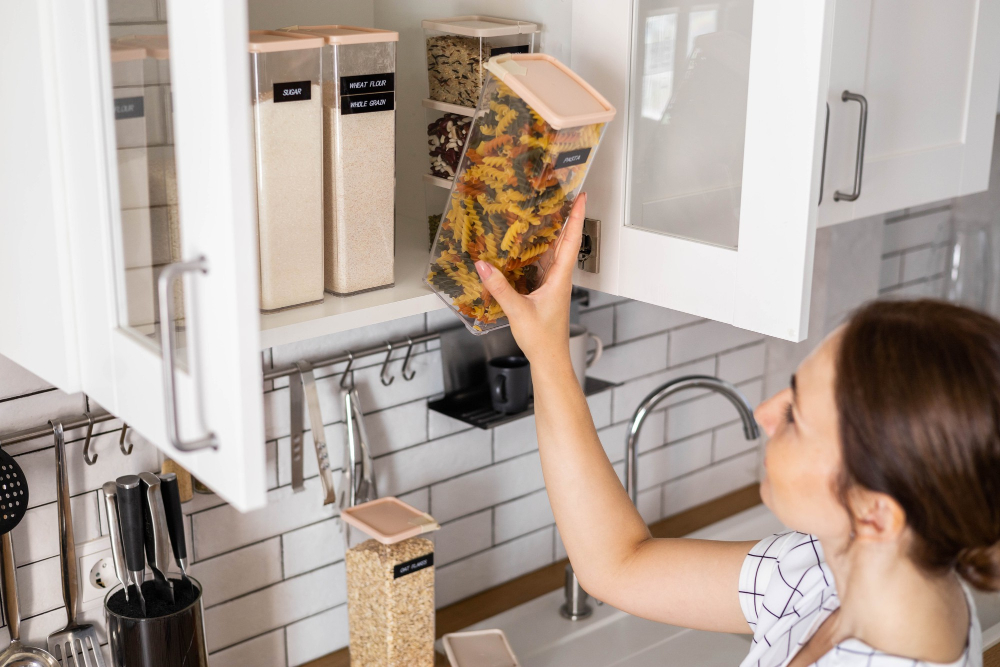
Labeling can be done in various ways, such as using a label maker or writing on masking tape with a permanent marker. You can also use color-coded labels to categorize different types of items.
Identifying the contents of each container is crucial when storing similar-looking items like spices or baking ingredients. Use clear containers so that you can easily see what’s inside without having to open them up every time.
Another helpful tip is to create an inventory list of all the items stored in your corner kitchen cabinet. This will help you keep track of what you have and avoid buying duplicates unnecessarily.
Maintaining an Organized System

This means regularly decluttering and reorganizing as needed. It’s also helpful to label items and keep similar items together for easy access.
Consider using clear containers or bins to store smaller items like spices or baking supplies.
Another way to maintain an organized system is by doing a quick clean-up after each use of the kitchen. Take a few minutes to put away any dishes, utensils, or appliances that were used during meal prep or cooking.
FAQ
How do you deal with kitchen corner cabinets?
To deal with kitchen corner cabinets, utilize the space efficiently by using drawers instead of doors and consider having a bespoke corner cabinet made.
What do you put in upper corner kitchen cabinets?
In upper corner kitchen cabinets, place the tallest items such as cake stands, pitchers, stemware, and matching china, especially if the cabinet has a see-through glass panel.
What decor to put in a corner of a kitchen?
In a kitchen corner, consider open shelves to display houseplants, cookbooks, decorative bowls, cookie jars, and beautiful crockery pieces, turning an awkward space into an appealing gallery.
What are the best storage solutions for maximizing space in corner kitchen cabinets?
The best storage solutions for maximizing space in corner kitchen cabinets include utilizing blind corner pull-out systems, carousel shelves, and corner drawer units.
How can you optimize accessibility in lower corner kitchen cabinets?
Incorporate pull-out mechanisms or lazy susans in lower corner kitchen cabinets to optimize accessibility.
Are there any innovative corner kitchen cabinet designs that combine functionality and aesthetics?
Yes, innovative corner kitchen cabinet designs like the LeMans swivel pullout shelves combine functionality and aesthetics for efficient space utilization and visual appeal.




